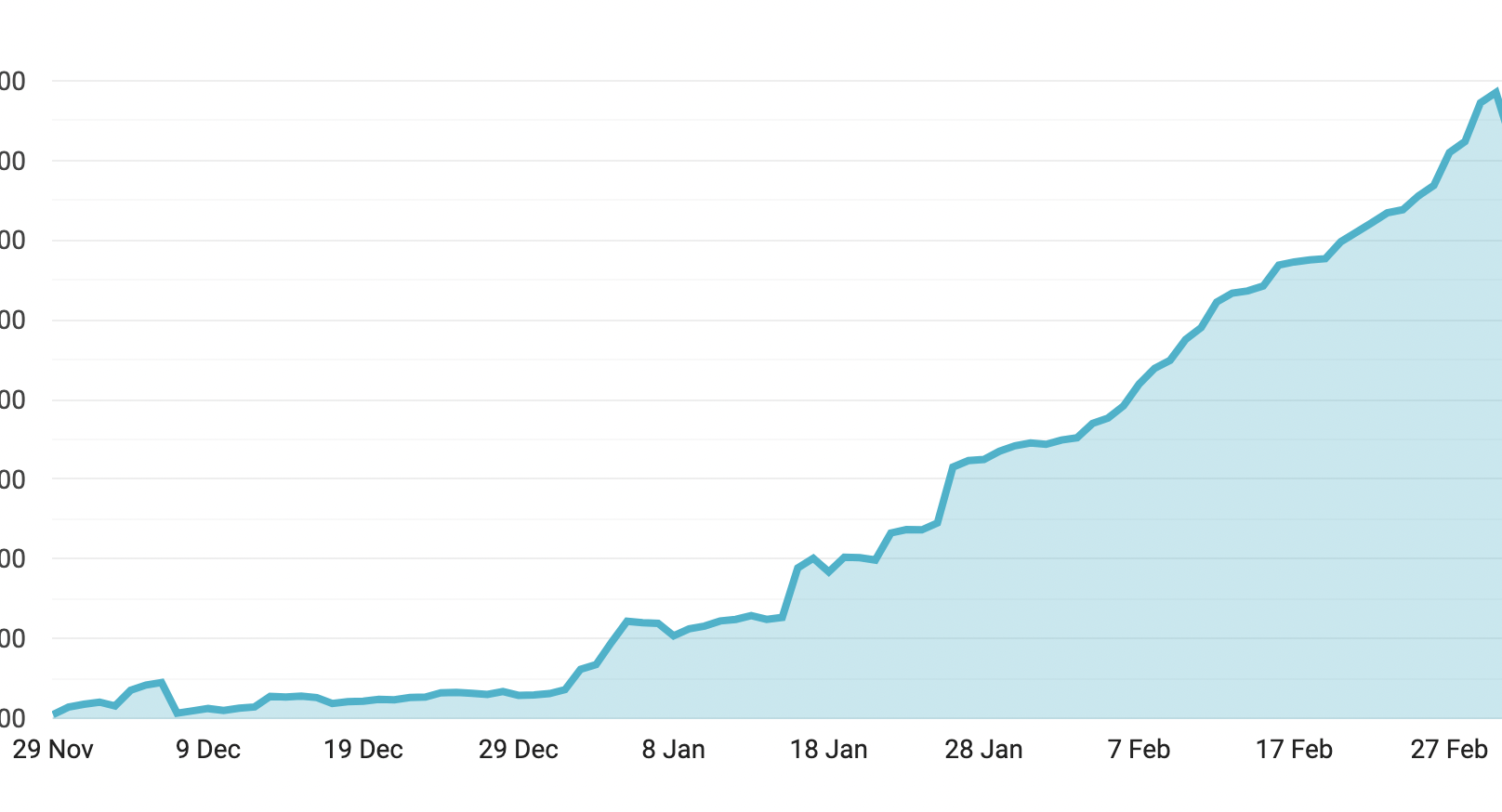

How Strategic Pricing Helped Dorik Unlock Financial Growth

Newsletter
Mizanur Rahman is the Founder & CEO of Dorik, a no-code website builder that helps individuals, agencies, and businesses build their desired sites in a matter of minutes. He shares how a simple change in pricing helped them solve a fundamental loophole that was holding Dorik’s financial growth stagnant.
For SaaS startups, various metrics offer insights into product growth, engagement, and utility. However, at the core business level, the focus narrows down to Monthly Recurring Revenue (MRR) or Annual Recurring Revenue (ARR). Exceptional engagement metrics, without a corresponding financial shift, indicate either a fundamental flaw in the business strategy or the product not being ready for monetization. In our startup journey, we ruled out the latter as our industry had established models globally. The former became evident through multiple learning steps.
At its inception, Dorik set itself apart by positioning itself as over 20x cheaper than its competitors. However, internally, our focus was not on being the cheapest but on being the best no-code website builder that is user-friendly and cost-effective for the target market. Despite its robust features, we realized that customers perceived Dorik as a budget option, questioning its quality compared to pricier alternatives. This realization prompted Dorik to reassess its pricing strategy.

The Realization
Dorik has consistently acquired customers since its public launch, receiving positive and constructive feedback. We aim to be the premier website builder for individuals and agencies needing rapid website/landing page development, primarily in the US and European markets. Dorik has proven to be beneficial for agencies, enabling them to scale and serve more clients, as evident in their quick adoption of our Business/Agency Plan. Over approximately three years, we observed:
- Close competitors were achieving significant revenue milestones with a customer base equivalent to around 30% of Dorik’s paid customers.
- Gradual reluctance or inability of our agency partners to resell or refer Dorik to their clients.
These two factors propelled us to closely examine the disparity between our customer growth and financial performance. Upon engaging with our existing customers and partners, we uncovered invaluable feedback. It became apparent that Dorik's significantly lower pricing compared to competitors inadvertently led to a perception among users that our product might be 'half-baked', lacking the best-in-class value offered by others. Consequently, our strategy of positioning ourselves as significantly cheaper backfired in terms of user acquisition. A deep dive into our financial metrics uncovered additional challenges. Dorik's customized agency plans, while offering high Average Revenue per User (ARPU), posed revenue recovery challenges in case of churn. Moreover, the extended sales cycle for agency customers intensified the reliance on other tiers with lower ARPU, hindering quick revenue recovery.
The Hike
In December, we took a bold step: a significant price increase that aimed to bridge the gap between perceived value and affordability while aligning with competitor rates. A price increase of approximately 400% was implemented for all new customers across two tiers::
- Personal Plan: US$4 per month → US$15 per month
- Business Plan: US$10 per month → US$39 per month
To maintain the loyalty and trust of our existing customers, we decided not to alter their pricing. We projected a 50% decline in our month-over-month paid customer growth. Additionally, we expected strong reactions from the community, particularly our existing client base, regarding the future of the platform, despite the pricing not directly affecting them.
The Result
Post-price hike, Dorik observed the following results:
- Our monthly paid customer growth only decreased by 15%, contrary to the forecasted 50%.
- The average MRR growth reached an all-time high of 200% in 2024, as opposed to 7-10% in 2023.
- To achieve an additional US$100 MRR, we now require, on average, only 4 new paid customers, compared to the previous need for 25.
- While we lost some cost-sensitive Indian customers, we gained more traction from our primary markets in the US and Europe.

These figures catalyzed our financial growth and shed light on aspects we had previously overlooked. Previously, we were forfeiting an additional 4x revenue from 90% of our paid customer base willing to pay this price for the value we provide. The objective of this change was not only revenue growth but also to:
- Shift focus towards high-value customers rather than volume.
- Reinforce that customers choose us for our value over mere affordability.
More importantly, despite the ~4x price hike, Dorik remained significantly cheaper than competitors, positioning itself as a cost-effective yet premium solution.

Even with the recent price increase, our platform remains over US$900 cheaper than popular competitors like Webflow for an annual plan with similar features. Although our pricing remains cost-friendly, it is no longer seen as unusually cheap. We are currently focused on positioning Dorik as the best and most user-friendly website builder in the market, directly competing with major players. A Google search for 'Webflow alternative' shows Dorik as the first result after paid ads.

Looking ahead, we continue to refine our strategy, leveraging market insights and analysis to maintain Dorik’s competitive edge. The journey underscores the importance of understanding customer perceptions, aligning pricing with value, and adapting strategies to drive sustainable growth in the competitive SaaS landscape. Currently, the team is focused on Dorik AI, which is an integrated AI builder that allows anyone to build a website using prompts. Unlike other AI website builders that generate generic design assets for everyone,

Dorik AI takes in prompts such as the type of business, use case of site, etc, and builds personalized elements suited to each customer's needs. Dorik aims to differentiate itself further in this direction to deliver value to its existing and upcoming customers. Since its launch 2 months ago, the free to paid tier conversion has gone down from 10-12 days to just 2 days, making customers’ decision-making easier and faster.




.jpg)


.jpeg)


















.jpg)


.jpg)
.jpg)

.jpg)
.jpg)


















.jpeg)












..jpg)
..jpg)



.jpg)





















